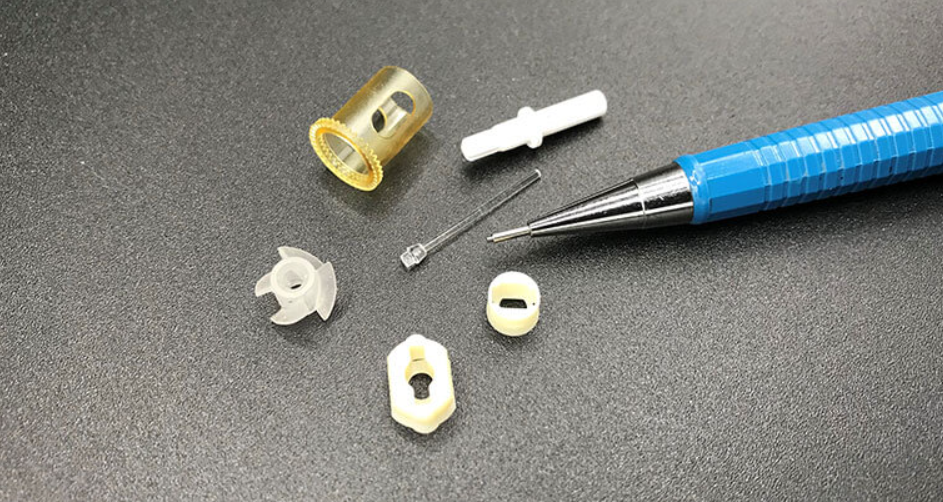Injection molding is a cornerstone in the world of manufacturing, renowned for its ability to produce high-quality, precise plastic parts. While often associated with high-volume production, injection molding is also incredibly effective for low-volume runs. In this article, we’ll explore when it’s advantageous to use low-volume injection molding, its benefits, key design considerations, and what to look for in a low-volume injection molder.
What is Low Volume Injection Molding?
Low-volume injection molding refers to the production of a smaller number of parts, typically ranging from a few hundred to several thousand units. This approach is ideal for projects that don’t require the high quantities often associated with traditional injection molding.
Advantages of Low-Volume Injection Molding
- Cost Efficiency for Small Runs
Low-volume molding significantly reduces the initial investment in tooling and setup, making it a cost-effective solution for small batches of parts.
- Flexibility and Speed
With smaller production runs, it’s easier and quicker to implement design changes. This flexibility is vital for prototypes and iterative design processes.
- Market Testing and Validation
Low-volume injection molding allows companies to test their products in the market and gather feedback without the commitment of a large production run.
- Quick Turnaround
The process is faster compared to high-volume runs, allowing for a quicker transition from design to production.
Design Considerations for Low Volume Injection Molding
- Material Selection
Choose materials that are suitable for low volume runs and can easily be molded without the need for extensive tooling modifications.
- Simplified Design
Opt for designs that are easy to manufacture. Avoid overly complex features that require specialized tooling.
- Modular Tooling
Consider modular tooling designs that can be easily adjusted or changed for different product variations.
- Draft Angles and Wall Thickness
Ensure your design includes proper draft angles and consistent wall thickness to prevent defects and simplify the molding process.
Choosing a Low-Volume Injection Molder
When selecting a low-volume injection molder, consider the following:
- Experience with Low Volume Projects
Choose a molder with a proven track record in low-volume production. They should understand the nuances and demands of smaller production runs.
- Capability for Rapid Tooling and Prototyping
The ideal partner should offer rapid tooling and prototyping services to accelerate product development.
- Flexibility and Responsiveness
Look for a molder who can adapt quickly to design changes and provide fast turnaround times.
- Quality and Precision
Despite the lower volumes, the quality of the parts should not be compromised. Ensure they have a robust quality control process in place.
- Customer Service and Communication
Effective communication is key in low-volume projects. The molder should be able to provide clear, consistent updates and be responsive to your needs.
Conclusion
Low-volume injection molding is a powerful tool for companies looking to produce high-quality plastic parts in smaller quantities. It offers cost efficiency, flexibility, and speed, making it an ideal choice for prototypes, market testing, and custom products. When embarking on a low-volume injection molding project, consider the design implications and choose a molder who specializes in this type of production. With the right approach, low-volume injection molding can be an effective solution to meet your manufacturing needs without the overhead of high-volume production.-
This blog post is designed to inform and guide businesses and product developers about the benefits and considerations of low-volume injection molding. It aims to help them make informed decisions about their manufacturing processes, ensuring they choose the right approach for their specific project requirements.
Click here to speak with one of our technical sales representatives about getting started on your next project.


